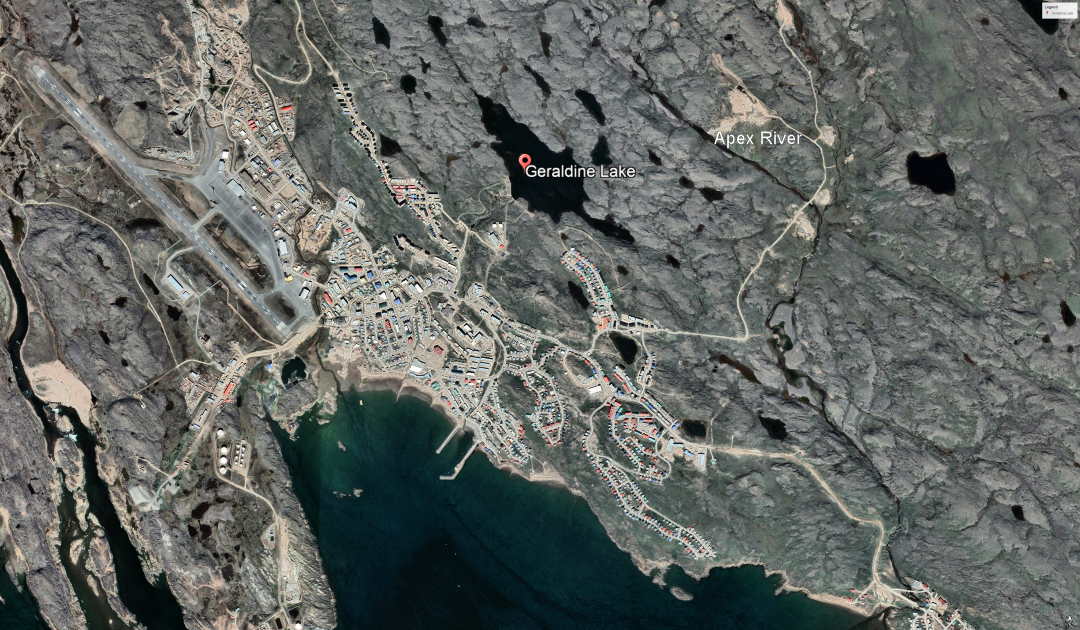
For months, the residents of Iqaluit, the capital of Nunavut, in Arctic Canada, have been suffering from the pollution of their drinking water by fuel residues. After the supply of drinking water could be resumed from mid-December, the authorities had to intervene again just six days later because their early warning system had issued an alarm. And a week ago, pollution occurred again. Now the authorities have pulled the emergency brake.
The water treatment plant responsible for filtering and purifying drinking water has been shut down and is currently being flushed and cleaned by authorities, Nunatsiaq News reports. This is necessary after the newly installed early warning system repeatedly reported elevated levels of hydrocarbons in drinking water. In a release yesterday, authorities had announced that another “minor pollution incident” had hit the plant. However, the cause of the contamination is supposedly discovered and remediation and cleanup work is underway, the statement said. At the same time, the pipes are being flushed to remove residues.

Nevertheless, to ensure the drinking water supply of the city of 7,740 inhabitants, the authorities have activated a pipeline that delivers water directly from the reservoir of Geraldine Lake to various tanks of pumping stations. They have also set up a distribution point for water from the nearby Sylvia Grinell River. City officials explain that this pipeline delivers water directly from the lake or river to the tanks. Although the water undergoes purification by UV rays and chlorine in the process, the water and health departments recommend that residents boil the water before using it for consumption. This also applies to rinsing food and brushing teeth. “Residents may experience odors and tastes of the water that are foreign to them, or they may detect discoloration and sediment in the water,” the release states. How long this measure will last, the authorities cannot yet say. However, information will be provided on an ongoing basis, according to the water authorities’ website.

The measures taken by the authority are only temporary solutions, but they are intended to prevent Iqaluit residents from experiencing the same problems as last October/November. At that time, residents had to resort to plastic bottles shipped up from the south or queuing at water trucks before the army set up mobile purification systems. With the plastic bottles alone, about 80,000 liters of water were transported, which had caused a huge amount of plastic waste (besides the fuel consumption of the airplanes). A collection campaign launched brought together 166 cubic meters of plastic waste for recycling. Nevertheless, a substantial amount ended up in regular waste. Boiling the water coming from the Sylvia Grinell River had also caused an environmental problem: increased amounts of diesel to generate power. However, exact figures are not known.

The drinking water supply in Iqaluit has been an ongoing issue, even before fuel spills. Time and again, authorities have to deal with water shortages because Geraldine Lake’s reservoir is insufficient. On the one hand, the increasing number of inhabitants is responsible for this, but on the other hand, climatic changes that lead to longer dry periods in the region. Several times in recent years, officials have had to pump water into the reservoir from the nearby Apex River, just north of Geraldine Lake, to refill it. Authorities have permission to do so, but the mandate expires in 2026. Until then, the city authorities and the government of Nunavut must find a new solution to the problem. Scientist Dr. Corine Wood-Donnelly, who was in Iqaluit during the water crisis last year, said then that, even if the pollution problem is solved, the debate over water will continue for a long time. Her prediction is likely to come true.
Dr Michael Wenger, PolarJournal
More on the subject:





